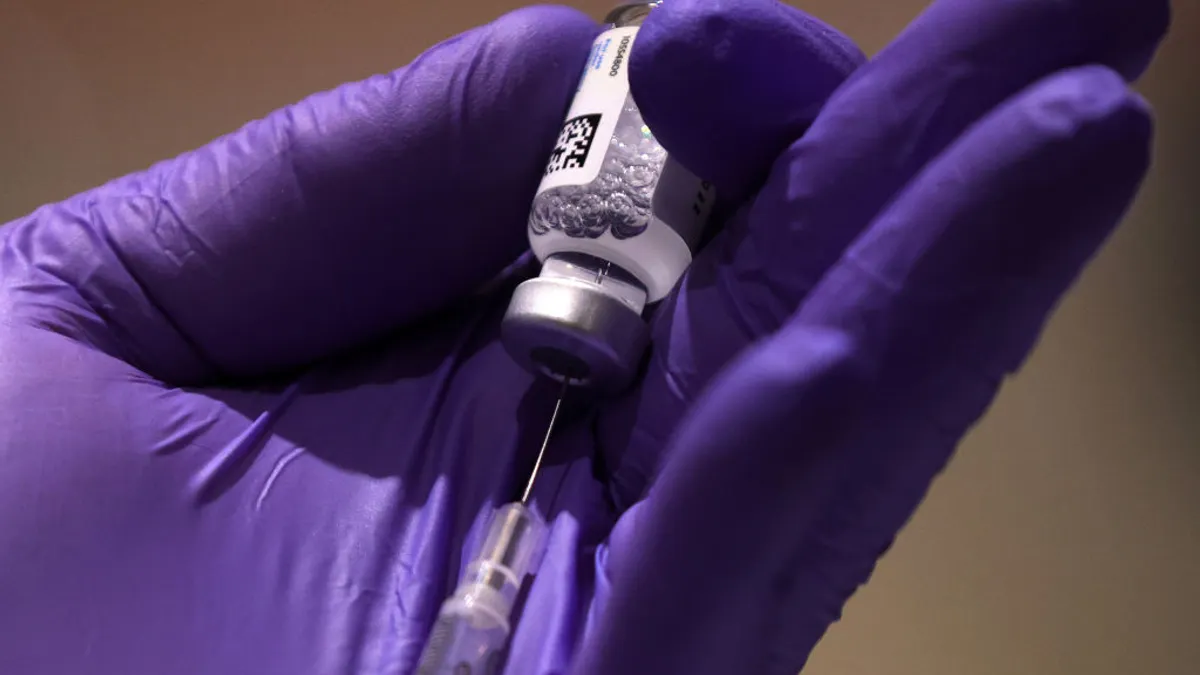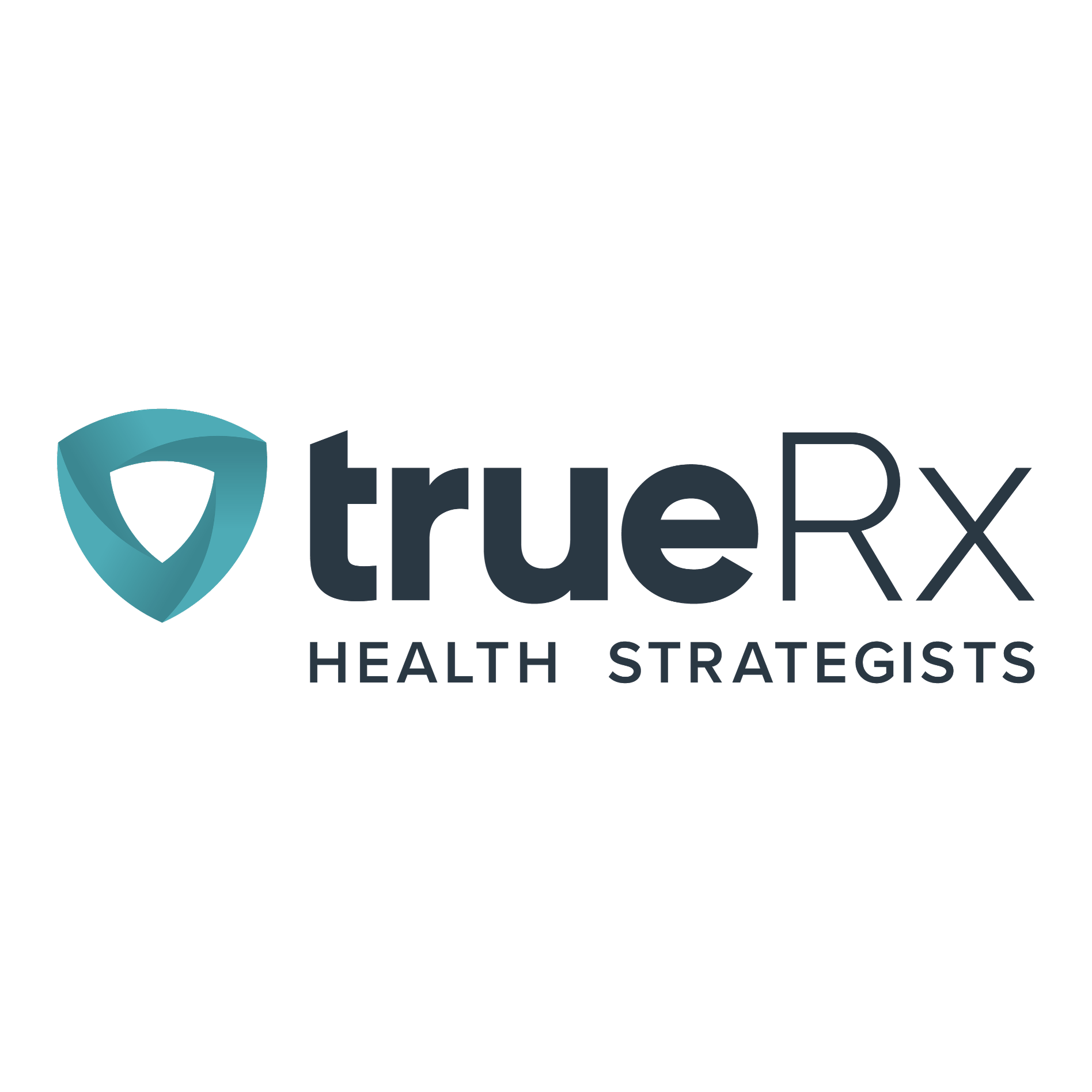We know less about the brain than the bottom of the ocean or the dark side of the moon, the old adages have long claimed. But in the context of drug development, times have changed.
Pharma companies have renewed their interest in long-neglected areas of psychiatric medicine, and recent innovations in neurodegenerative diseases like Alzheimer’s have paid off in FDA approvals. With regulators demonstrating a willingness to consider biomarker data over more difficult-to-measure clinical outcomes, investors have also come on board, and a flurry of fourth-quarter deals ultimately crowned neuroscience as the No. 2 sector for biopharma M&A last year, behind cancer.
As CEO and chairman of neuroscience-focused Ovid Therapeutics, Dr. Jeremy Levin is at the forefront of this shift. A multi-time PharmaVoice 100 honoree who also serves as chairman emeritus at BIO, biotech’s largest trade group, and formerly led Israeli generic powerhouse Teva Pharmaceuticals, Levin has seen his share of drug development trends.
Now, in neuroscience, he said, “the future has arrived.”
"I’ve never seen a more exciting milieu of drug development."

Dr. Jeremy Levin
CEO, Ovid Therapeutics
Ovid’s lead candidate, soticlestat, is in phase 3 trials for two rare epilepsy conditions: Dravet syndrome and Lennox-Gastaut syndrome. The company out-licensed soticlestat’s development and commercialization rights to Takeda in 2021, but could receive up to $660 million in regulatory milestone payments along with royalty payments on potential sales. Takeda expects readouts from the trials later this year. If approved, Levin said the drug has a competitive advantage over rivals in the space because it’s been shown to be effective and has “demonstrated a tremendous safety profile,” which could make it a “blockbuster of major proportions.”
Ovid plans to funnel funds from the deal back into the company’s small molecule development programs, which includes an early-stage selective ROCK2 inhibitor for brainstem cavernous malformations, a condition that can cause a range of neurological issues and in rare cases be fatal. The company is also developing preclinical candidates targeting other forms of epilepsy.
The company is built for sustainability rather than any one-off innovation in neurology, Levin explained.
“It’s not about a flash in the pan,” he said.
Looking ahead, Levin isn’t anticipating only Ovid’s milestones. To understand where the science is going, Ovid keeps an internal list of upcoming readouts, which currently includes uniQure’s phase 1/2 results for its Huntington’s disease candidate AMT-130, and a full data set from Harmony Biosciences mid-stage study of pitolisant in myotonic dystrophy type 1.
“You’d be foolish not to watch how the whole field moves,” Levin explained. “This list gives me a strong indicator on some of the leading thinkers, how they thought about clinical trials, what they can teach us … and how we can take advantage of that.”
Why is neuroscience having such a heyday? Here, Levin described the scientific changes that paved the way for this pivotal moment and why its lead candidate could have further reach beyond epilepsy.
This interview has been edited for brevity and style.
PHARMAVOICE: You said in a previous interview that the industry has the potential to realize a “CNS moonshot.” What kind of moonshot did you have in mind?
DR. JEREMY LEVIN: The moonshot is a fundamental array of new therapeutics. It’s a change in the paradigm of thinking about how you can deal with disorders of the brain. In epilepsy, it’s not just suppressing the disorder and the symptoms, but curing it at the same time. In the case of neurodegeneration, it’s not just dealing with symptomatology but addressing the fundamental underlying mechanisms of the disorder. So we’re entering into a phase where both of those concepts, which were never part of the daily conversation before, are now more possible.
What kinds of changes in the industry led to this moment?
In the case of CNS, there are new concepts about how small molecules can target diseases. AI … has also revolutionized how you can get a compound to target multiple targets.
And with high-resolution MRI you can look at the actual anatomy of the brain … so you can see target engagements, and then you can link that to a functional EEG test so you can build a picture of how the brain is [responding]. And then you can look at the energetics of glial cells, which really are the infrastructure of the brain. These are all things you couldn’t do before. Underlying that concept is a shift in science away from the one broad-acting drug to specific treatments and cures.
"We are cracking open the box of how you tackle causes of inflammation in the brain."

Dr. Jeremy Levin
CEO, Ovid Therapeutics
There are also more resources. The FDA has turned on the spigot for these drugs. Neuroscience was one of the top three FDA approval areas in the last eight years and was many of the 2023 approvals. Within that change you are also seeing … a much clearer idea of how to stratify and optimize trials.
We’ve got lots of reasons to dream … and there are a lot of areas that should intrigue all of us. In psychiatry you’ve got a whole slew of new modalities being brought into play [like] psychedelics. Then there’s the idea of regenerative treatments using cell modalities … like what a company called Neurona Therapeutics [is doing]. And we are finally seeing implantable devices … that can merge mind and machine [and] help a paralyzed patient move.
I’ve never seen a more exciting milieu of drug development. This has developed in the last 10 years and gives rise to a lot of optimism.
Do some of the recent neurodegenerative failures in ALS and Alzheimer’s temper that optimism?
Many of the concepts underlying those trials were concepts rooted 15 years ago. So a lot of these trials … have been based around one thesis for many years. The whole idea that it’s down to one biology has been upended.
We don’t just learn from those failures — often the FDA will allow the industry to move forward on a project that doesn’t necessarily have the best result but is the first result that allows the industry to think about what could come next. The best example of this was the first approval of a cell therapy for prostate cancer in 2011. It was a complete failure and didn’t work. Just like Aduhelm, it had very little impact. But by opening the door, the FDA [showed it was] prepared to [approve] a new therapeutic … as long as it’s not harmful and will be helpful eventually … and now we have over 100 companies in cell therapy.
Ovid’s lead epilepsy candidate soticlestat targets the glutamate mechanism, which you said is well-known to cause epilepsy. It also suppresses glial cell activation, which is linked to inflammation. Since many neurodegenerative drugs in R&D target inflammation, do you think this soticlestat has broad potential beyond epilepsy?
The underlying mechanism and the open label data would speak to the probable effect on multiple other epilepsies. Until it’s approved, we don’t speculate too much.
But the underlying mechanism would likely have to be explored in a multitude of other disorders in the brain because we know that many [of these] problems are caused by inflammation — that ranges from Alzheimer’s all the way to MS and Parkinson’s. We are cracking open the box of how you tackle causes of inflammation in the brain. High levels of metabolite cholesterol and overactive glial cells [can] cause that, so if you can dampen that down you might have a crack at improving inflammation. That’s the beauty of this approach — the fact that you’re opening a door to other possibilities.




















